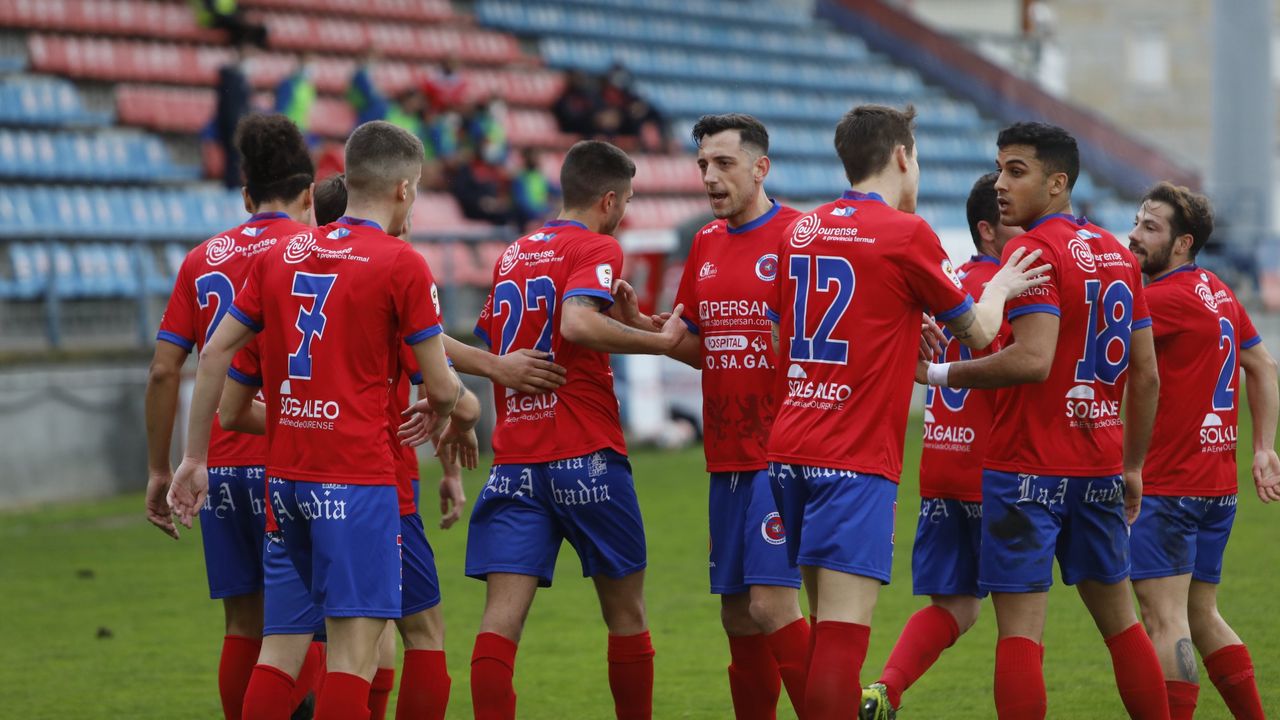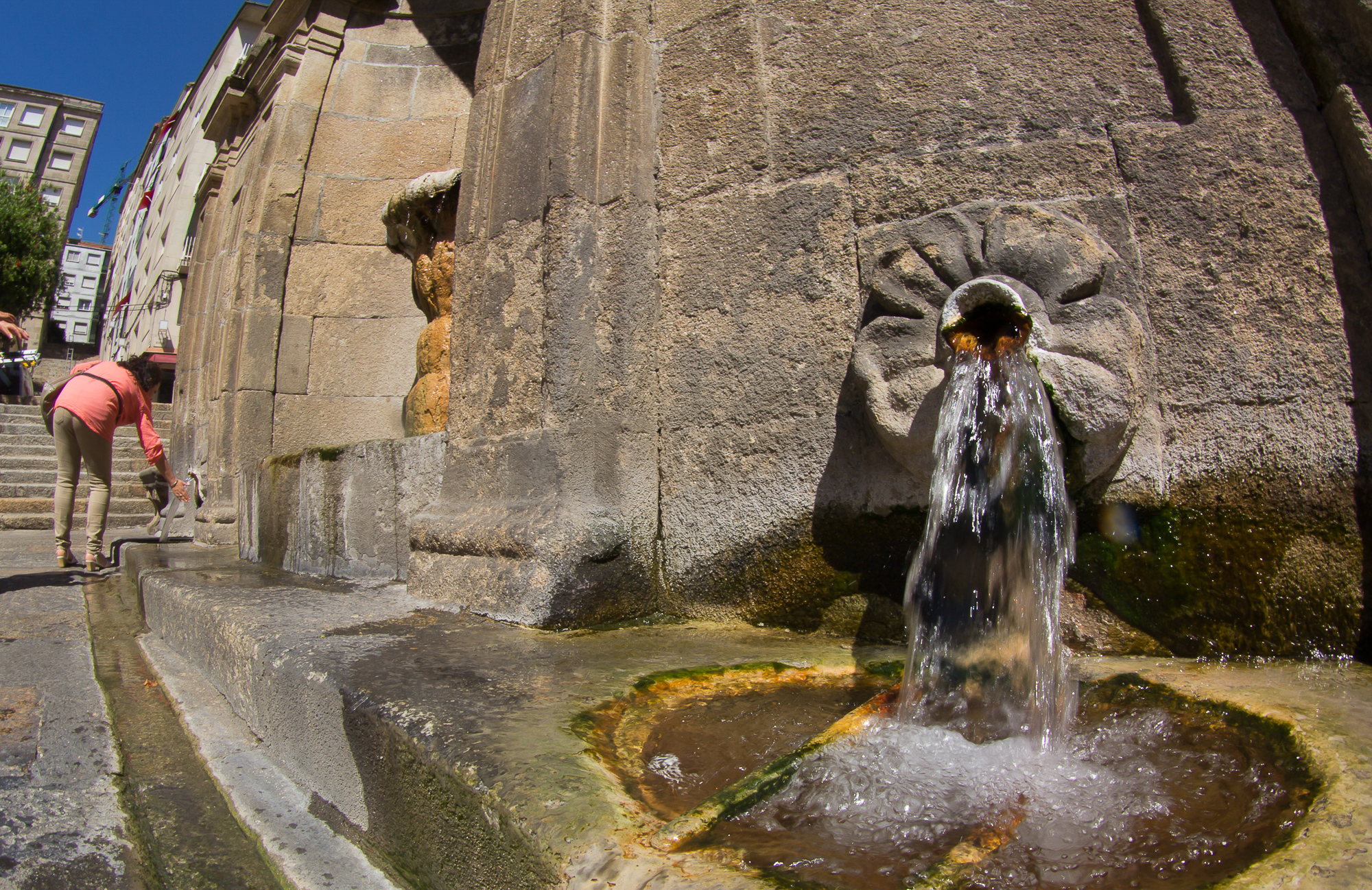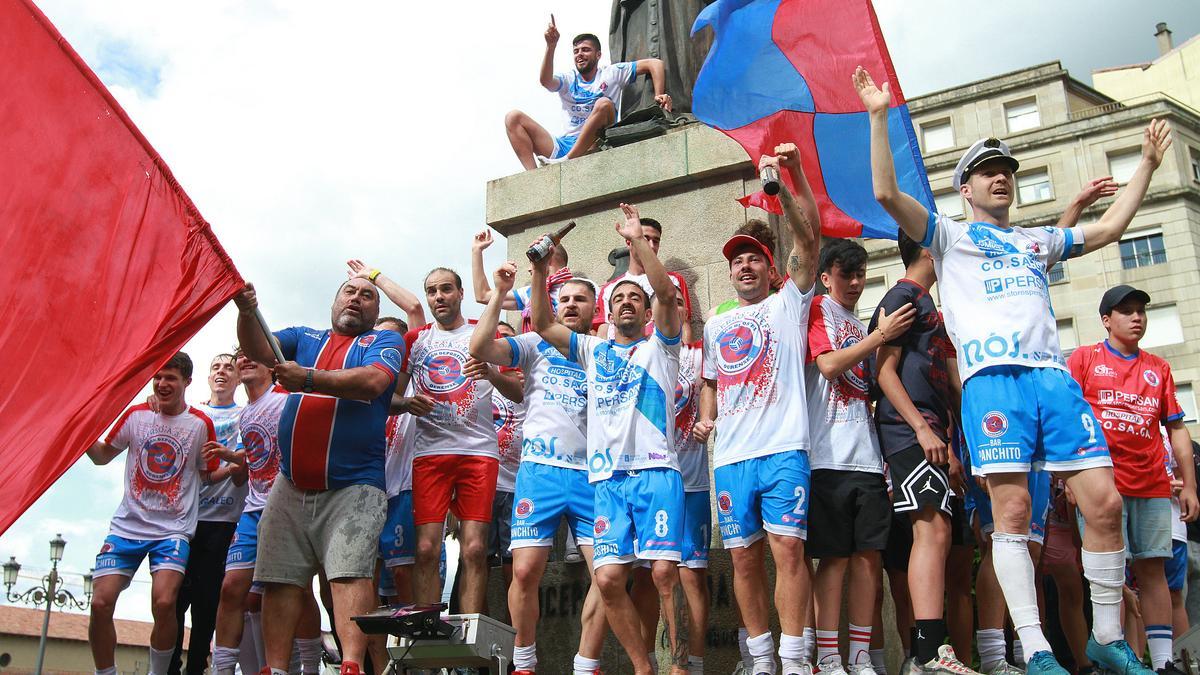Ourense’s biggest team has been reborn

In the provincial capital of Ourense, there once was a team that played many seasons in the Segunda División. Sadly, this Galician team was dissolved in 2014, after which a very special club was born: Ourense, one of the most-supported ‘popular clubs’ in Spain. Welcome to…Ourense.

A galician capital
A Coruña, Lugo, Pontevedra, and Ourense are the four provincial capitals of Galicia, the latter city being one of the most populous ones. Ourense is known for its Roman heritage, the construction industry, and for being the most important city of the Galician inland.

However, Ourense is most famous for being ‘A Cidade das Burgas‘, or ‘The City of the Burgas’. The Burgas are hot water sources, as Ourense has one of the most significant geothermal water reserves in Europe – around three million liters of geothermal water flow daily through the Ourense Province. The Burgas are specifically located in the historic center of the capital and are one of the main tourist attractions of Ourense.

Ourensan football
Even though Ourense has no sea, it has always been an important city, and Galicia and attracted British workers in the 1900s, who introduced football here. In 1923, the first team to represent the city emerged: Orense FC. In the next decade, Orense would meet another Ourensan team in the top tier of Galician football: Burgas FC. A rivalry was born.

However, in 1933, both clubs entered a crisis and decided to put the rivalry aside and merge for the good of the city into Galicia SC. Sadly, this club was dissolved the same year, after which the ourensans had to wait two years for a new representative squad to appear: UD Orensana. This club would become the strongest team in the province and the first one to reach the Tercera División, doing so in 1943.

The vermellos became serious contenders for promotion to the Segunda División, which, at the time, was already a competition of prestige. The Galicians managed to reach this league at the end of the 1940s, competing here for three seasons. However, the club was spending more than what would have been sustainable, being unable to avoid dissolution in 1952.

A clever idea allowed locals to create a successor that would take the federative place of Orensana’s reserve team, the new club being named CD Ourense. This would be Ourense’s club for many decades. Already in 1959, the vermellos returned to the Segunda for a record number of six seasons. In 1959-60, Ourense was a few points away from direct promotion to the Primera División.

In the rest of the 20th century, Ourense would play another seven seasons in professional football, the other seasons usually being present in the third tier. This made Ourense one of the strongest and most stable Galician squads behind Deportivo de la Coruña and Celta de Vigo.

In the 21st century, the reds would not return to the second tier but instead were relegated to the Tercera División in 2008, which started a period of economic instability. Even though the Galicians found their way back up, the financial troubles did not disappear until CD Ourense did in 2014.

The capital split in two
Two teams emerged as successors of the historic Galician team, but only one decided to maintain the identity of CD Ourense: UD Ourense. Its founders wanted to avoid future economic problems and opted for a sustainable way of ruling a club: popular shareholding. This accionariado popular is presented as the ‘more sustainable’ alternative to SADs, the legal structure of the disappeared CD Ourense. Popular shareholding is becoming more frequent, especially under fanbases disappointed after the economic mismanagement of their respective clubs. The tenets of clubs using popular shareholding, among which UD Ourense, are democracy, equality, sustainability, and solidarity.

Under this management, UD Ourense achieved four consecutive promotions and, thus, reached the Tercera División in the fastest way possible. Apart from one season, this has been the home of the vermellos ever since. Moreover, the club is still known as the representative club of Ourense.

The Ourensan derby
However, UD Ourense was not the only team to present itself as the successor of CD Ourense, as Ponte Ourense did the same. This club was originally from the neighborhood of A Ponte but appropriated itself the identity of the entire city after CD Ourense’s dissolution.

This was against the liking of UD Ourense’s fanbase, as Ponte Ourense – or, as the club is currently known, Ourense CF – is traditionally not the club of the capital. This is the basis of the derbi ourensán, the most important city derby in Galicia. An aspect that contributes to the tensions is the fact that both UD Ourense and Ourense CF share the O Couto Stadium.

The future
The future is bright for UD Ourense after its return to the Tercera Federación in 2022 and the subsequent fifth place in this league. Moreover, other Spanish clubs have proven that popular shareholding does not stop the sportive development of a team. Finally, Ourense CF’s presence in the Segunda Federación is extra motivation to achieve promotion as soon as possible. This was…Ourense.

Sources
- Borchers, L. (2021). GOLAZO. Self-published.
- Borchers, L. (2022). CARA O CRUZ. Self-published.
- https://udourense.com/historia/
- http://lafutbolteca.com/club-deportivo-ourense-s-a-d/
- https://viajar.elperiodico.com/destinos/ourense-segunda-ciudad-termal-europa
Leave a comment